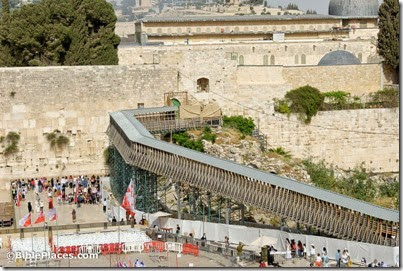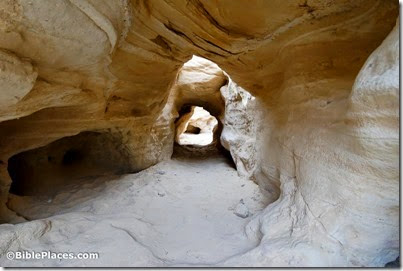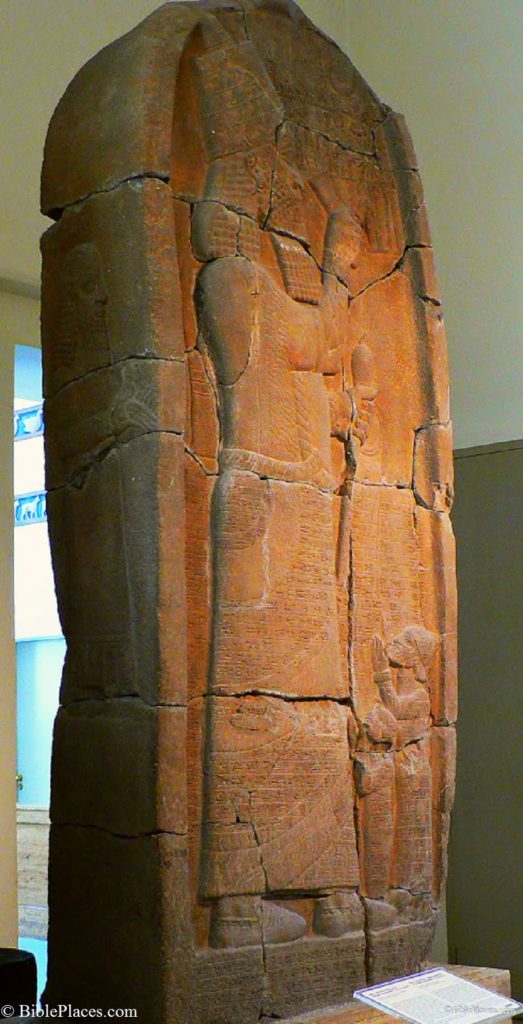I recently came across some quotations I had marked from a past reading of Eric H. Cline, From Eden to Exile: Unraveling Mysteries of the Bible, and thought some of them worth sharing. I’ve commented briefly on each quote following the citation. The book’s table of contents indicates the topics covered:
reading of Eric H. Cline, From Eden to Exile: Unraveling Mysteries of the Bible, and thought some of them worth sharing. I’ve commented briefly on each quote following the citation. The book’s table of contents indicates the topics covered:
Chapter 1: The Garden of Eden
Chapter 2: Noah’s Ark
Chapter 3: Sodom and Gomorrah
Chapter 4: Moses and the Exodus
Chapter 5: Joshua and the Battle of Jericho
Chapter 6: The Ark of the Covenant
Chapter 7: The Ten Lost Tribes of Israel
“The biblical stories become real when people adopt them as their own, regardless of their historical accuracy” (Cline 2007: xiii). So what is not real becomes real when we make it real. In our day and age, it really is all about us.
“The truth of the matter is that any such searches for Noah’s ark are unlikely ever to be successful.
Even if the ark did exist, it would be tremendously old by now and its wooden parts would have been long ago reduced to dust, leaving few traces behind. The most we could hope for would be discovering something like the Sutton Hoo ship in England from the seventh century A.D.; the disintegrated wood and corroded nails from this vessel left a perfect imprint on the damp soil. Only if the ark had come to rest in the sands of Egypt, which contain perfectly preserved pharaonic boats by the Pyramids, or at the bottom of an ocean or a sea where there is little oxygen and organic material is perfectly preserved—such as in the Black Sea, where Bob Ballard’s expeditions have found ships sunk up to their gunwales and perfectly preserved in anoxygenic mud—would we even be able to hope that Noah’s ark, or portions of it, have been preserved” (Cline 2007: 36). But as long as there is fame to be had and money to be made, there will be searches for Noah’s Ark.
“Modern archaeological techniques are quite capable of tracing even the very meager remains of hunter-gatherers and pastoral nomads all over the world” (Cline 2007: 85). Perhaps, but entire centuries are missing from the archaeological record in some places.
“Of the various alternatives, following the biblical chronology and placing the Exodus in the 15th century B.C. seems the most unlikely, but some will want to do that anyway, based upon faith rather than reason” (Cline 2007: 90). Those I’ve read who advocate a 15th-century exodus always appeal to evidence and arguments, never to faith.
“Finkelstein said, ‘I am a great believer in a total separation between tradition and research. I myself have a warm spot in my heart for the Bible and its splendid stories. During our Pesach seder, my two girls, who are 11 and 7, didn’t hear a word about the fact that there was no Exodus from Egypt.
When they are 25, we will tell them a different story. Belief, tradition and research are three parallel lines that can exist simultaneously. I don’t see that as a gross contradiction’” (Cline 2007: 91). For thousands of years before our post-modern advances, we would call this lying.
“The team also cited both its own studies and those of other researchers who believe the story of the damming of the Jordan River can be traced back to a 1931 book published by John Garstang. The book is, as the article stated, ‘the only source reporting about the Jordan’s damming at Damiya.’ The team of earthquake experts strongly suggests that Garstang’s testimony is unreliable, especially since he was not even in the country at the time and since no other sources, including official police reports or press releases, mention a damming of the Jordan River. They speculate that Garstang’s desire to prove that Damiya is the biblical ‘city of Adam’ and his desire to show that the Jordan could have stopped flowing as a result of an earthquake affected his reporting” (Cline 2007: 105). Unless you know of other evidence, you should not cite the dubious testimony of Garstang.
“In a candid article, Younker said that the ‘Andrews Way’ of doing archaeology, as he phrased it, is as follows: 1. Be forthright with findings. Do not minimize problems or stretch interpretations of data to explain things away. 2. Do not make claims beyond what the data can support. 3. Be quick and complete in publishing results. 4. Engage and work within mainstream scholarship. 5. Include a diversity of people and specialists. 6. Take the history of the Bible seriously, but do not place upon archaeology the burden of ‘proving’ the Bible” (Cline 2007: 187). This helpful approach is given in Randall W. Younker, ‘Integrating Faith, the Bible, and Archaeology: A Review of the ‘Andrews University Way’ of Doing Archaeology,’ in The Future of Biblical Archaeology: Reassessing Methodologies and Assumptions, eds. James K. Hoffmeier and Alan Millard (Grand Rapids: Eerdmans, 2004), 43-52.
Cline’s newest book, 1177 B.C.: The Year Civilization Collapsed, came out earlier this year.



 reading of Eric H. Cline,
reading of Eric H. Cline, 
